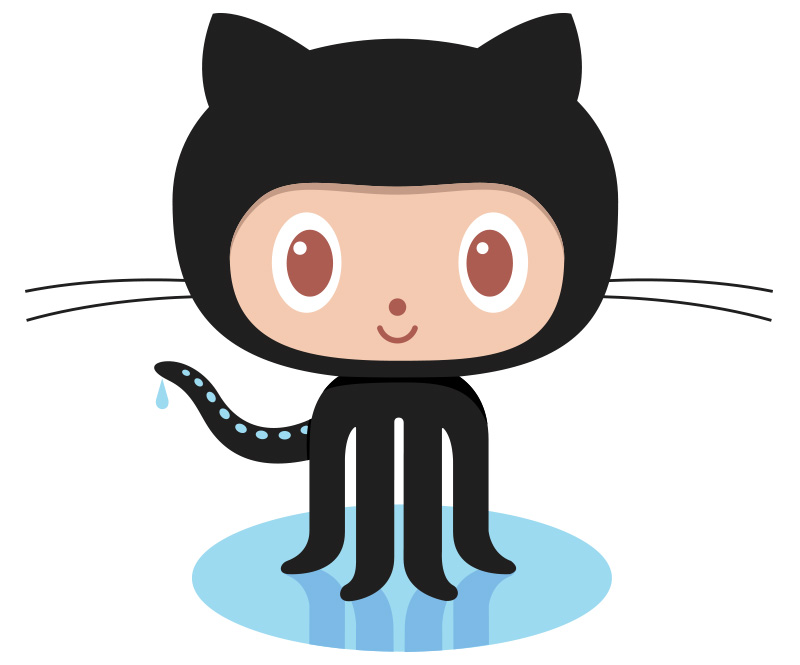The struggle to find a great writing application is real.
Since graduating from uni in 2002, I’ve been through so many. If the internet was a department store with a fancy shopfront, I’m the little girl with her forehead pressed to the glass and drooling at what is within. Yet in the past year, I’ve started migrating away from standard writing applications, at work and in my creative life.
‘Migrating away from standard writing applications’ means that I only use Word or LibreOffice or OpenOffice (or insert other here) when my clients *absolutely require it*, and even then I try to wriggle my way out of it.
This is because, like many technical and professional writers of all kinds, I write docs like code. Yes, it took some adapting. Yes, I had to change my workflow. But all new things have a learning curve; surmounting the learning curve with docs like code is short and fast (because it’s logical).
My default workflow is now Typora + Github creatively; and Typora + Bitbucket at work. (I use Bitbucket because it integrates seamlessly with Trello.)
In 2018, I discovered that brilliant app Highland 2, which I love for its extended capabilities: Scratchpad, notes, ‘bin’, writing stats, sprints. But it has a significant limitation: It’s only for mac. My mac is slow, my work-on-the-move platform is Windows. But what Highland 2 lacks in platform flexibility, it gains in portability: Its files can be output to Markdown and saved in a repo. The only step it adds for me is a back-up step: Finish writing, export to Markdown, add to the repo, commit the repo, boom.
Now that you know I write in Markdown almost exclusively, it’s time to tell you why.
1. The files are super light
You know how your Word files get really big, really fast? How one simple text file in Word takes up the space that used to occupy an entire disk (1.44 MB)? And how suddenly you need an ever-expanding storage system?
Join me wholeheartedly by singing fuck that.
Markdown lets you create extensive, beautiful files that can be as small as 70 kb. Yes, kilobytes. For context:
- 70 kb = 0.068359375 MB, or 0.00006640625 GB
Which means that if you only had Markdown files on a 500 GB drive, and each one was about 70 kb, you’d have 7,529,411 files. Amazing, right?
2. Typora lets you create lovely files in a huge number of formats
Typora outputs to all of your favourite file formats. You can keep your singular, lightweight file, and from it produce:
- Word
- Open Office
- HTML (styled, or not)
- RTF
- ePUB
- LaTeX
- MediaWiki
- reStructuredText
- Textile
- OPML
… which means that you can create every kind of publication you want to, from your base file, without having to export, reformat, or deal with horrible errors.
3. Writing in Typora keeps you offline
When a tech company creates a writing app that is browser-only, or internet-only, it’s a very good way to identify that it was not created by a professional or creative writer. Writing is hard. It is hard because it takes focus and willpower. If you don’t have focus and willpower in spades already, being online is a fast-lane to destruction.
Write without the internet. Stay offline. Turn off all your distractions. Get shit done.
Saving to a local repository, and committing your saves as you go, allows you to push it all back to the parent repo when you’re online again without losing the history of your changes.
4. Git gives you a clear and certain changelog
In document writing of any kind, versioning came relatively late to the piece, and it’s problematic. Not every application creates versions. Sometimes you forget to save them. And if you do, they inflate your file size to a ridiculous point.
Git solves much of this; the habit of committing changes is the only thing you need to build – and that isn’t hard. Once you’re in the habit of regularly committing your changes, and you know how to write great commits, you have a clear, understandable change history.
More to the point, it’s a change history that you can undo if you want to.
Being able to see the history of what you’ve done and why is one of the most beautiful things. If you want to undo something and go back to a previous version, no problem. If you want to replicate something somewhere else, you know how. My love for thee knows no bounds.
5. Adding style is simple and beautiful
Markdown creates perfectly styled, perfectly structured documents. Since the Gutenberg update, WordPress now does it too and it’s been the greatest gain for me on the platform since I can remember. But that’s another story.
When you write in Markdown, all of the styling is in the keyboard, at your fingertips. There’s no need to select and point and click. You simply write something like
## Headingand boom, you have a second-level heading. If you want a blockquote, all you write is:
> your blockquote on the other side of a pointy bracketand you’ve got a block-quote. (Side note: If you do this in WordPress Gutenberg, you can now add a citation to the quote directly underneath. Nifty!)
The styles export beautifully and look perfect, and that’s really all you need.
6. It makes you feel bad-ass
There is a mystique that programmers have, which hasn’t been helped by portrayals of sharp nerdy types in Hollywood films. They’re dangerous (hackers), helpful (whistleblowers), fun (they make games), and work in a sexy industry (tech).
I think this is the same reason why I’ve always loved the idea of being a technical writer. There’s something really special about it, and not just because a technical writer has a set of skills other writers simply don’t have.
Well, I get my little splash of glory in my own lunchbox, every time I fetch, pull, commit and push. I don’t wear a cape, I don’t do ridiculous things, but in my own way I’m a little bad-ass writer with Git knowledge too.
Oh, and the bonus? You can talk to programmers much more easily if you understand a Git workflow, and that is just… well, good for your work skills.
7. Publishing becomes absurdly easy
If you haven’t been living under a rock, you know about self-publishing through platforms like CreateSpace Kindle. But that’s just one way you can publish your books.
When you write in Markdown, you can:
- Create static websites with your book on them, using something like Gitpages and Jekyll
- Create books, courses and other resources using LeanPub
- Output to ePUBs to sell on your own webite (or add to Amazon yourself).
Markdown is the doorway into an entirely new way of publishing and producing books, one that doesn’t necessarily require designers, InDesign, or a knowledge of typography (though believe me, all the above helps you create beautiful books, not just functional books – and your goal shouldn’t just be words down but also beautiful, classic productions).
In summary
In my mind, writing in Markdown is the golden land of writing. A lightweight toolkit, minimal storage requirements, having a visible record of changes, being able to produce a huge range of files, outputs and publications, and the ability to stay offline and work anywhere, is an absolutely winning combination.
Did you enjoy this? Get a letter from me via email every week:
If you want letters in your real-life letterbox sign up here instead.
Get ONE email each month with my latest posts, and the occasional subscriber-only offer.

